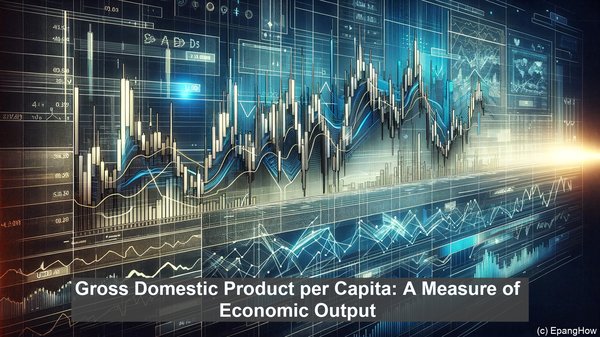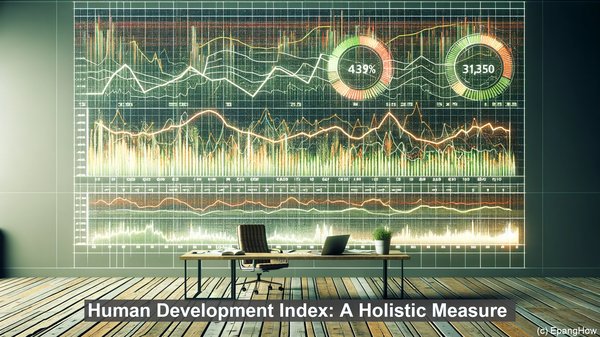Introduction: Beyond Economic Indicators
Hello, everyone! When evaluating a country’s progress, we often rely on economic indicators. While Gross Domestic Product (GDP) per Capita is a widely used metric, it’s important to consider other factors as well. That’s where the Human Development Index (HDI) comes in. Today, we’ll delve into the differences between these two measures and understand why they’re both crucial in assessing a nation’s well-being.

Gross Domestic Product per Capita: A Measure of Economic Output
GDP per Capita, as the name suggests, is a measure of a country’s total economic output divided by its population. It provides an average value, indicating the economic prosperity on an individual level. GDP per Capita is often used to compare the economic performance of different nations. However, it primarily focuses on the monetary aspect and doesn’t account for other factors like education, healthcare, or quality of life.
Human Development Index: A Holistic Measure
Unlike GDP per Capita, the Human Development Index takes a more comprehensive approach. It considers not only the economic aspect but also factors like life expectancy, education, and standard of living. By incorporating these dimensions, the HDI provides a more nuanced understanding of a country’s development. It recognizes that true progress goes beyond just monetary gains.
Components of the Human Development Index
The HDI is calculated based on three main dimensions: health, education, and standard of living. Under health, indicators such as life expectancy at birth are considered. Education includes metrics like mean years of schooling and expected years of schooling. Lastly, standard of living encompasses factors like income inequality and access to basic amenities.

Interpreting the HDI
The HDI is measured on a scale of 0 to 1, with 1 indicating the highest level of development. Countries are then classified into different categories, such as low, medium, high, or very high human development. This classification provides a comparative analysis, allowing us to identify areas that need improvement and learn from nations with higher HDI scores.
Complementary Measures: The Need for Both
While the HDI offers a more holistic perspective, it doesn’t diminish the importance of GDP per Capita. Economic growth is undeniably crucial, as it forms the foundation for other aspects of development. The key lies in striking a balance between economic progress and the overall well-being of a nation’s citizens. By considering both metrics, policymakers can make informed decisions that promote sustainable and inclusive development.
